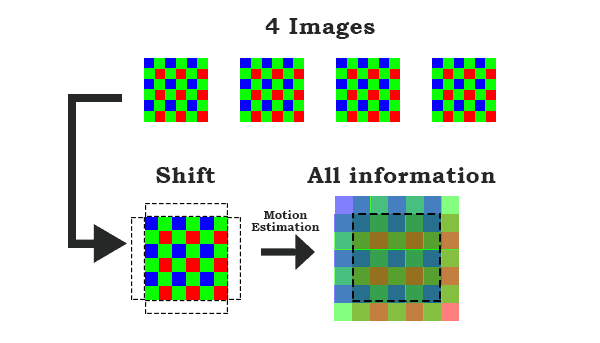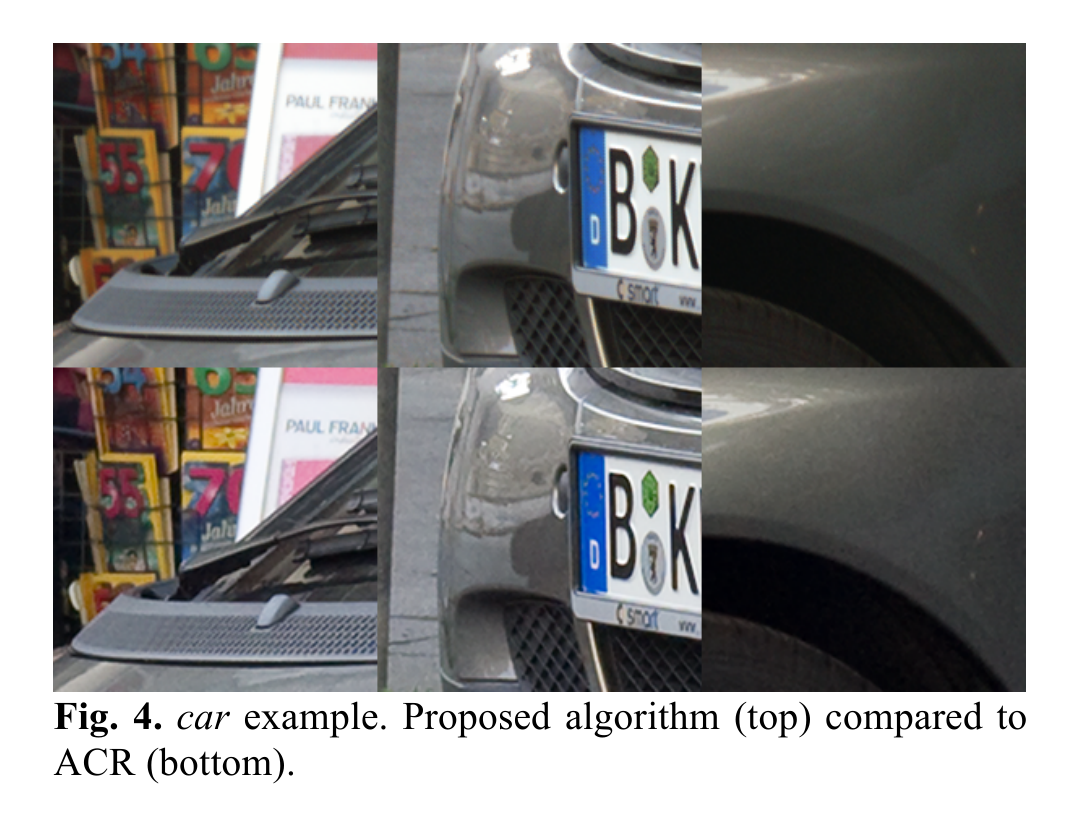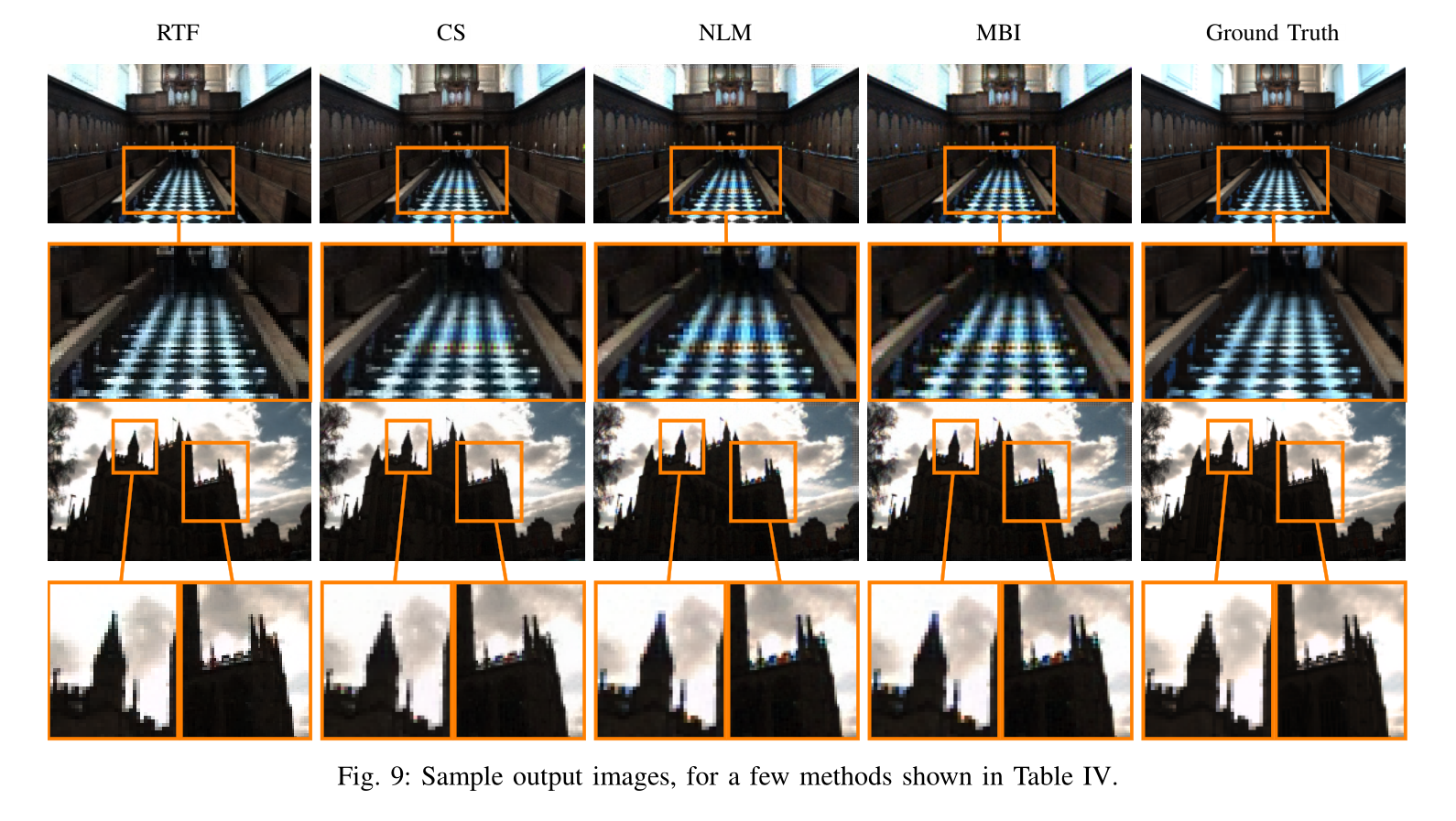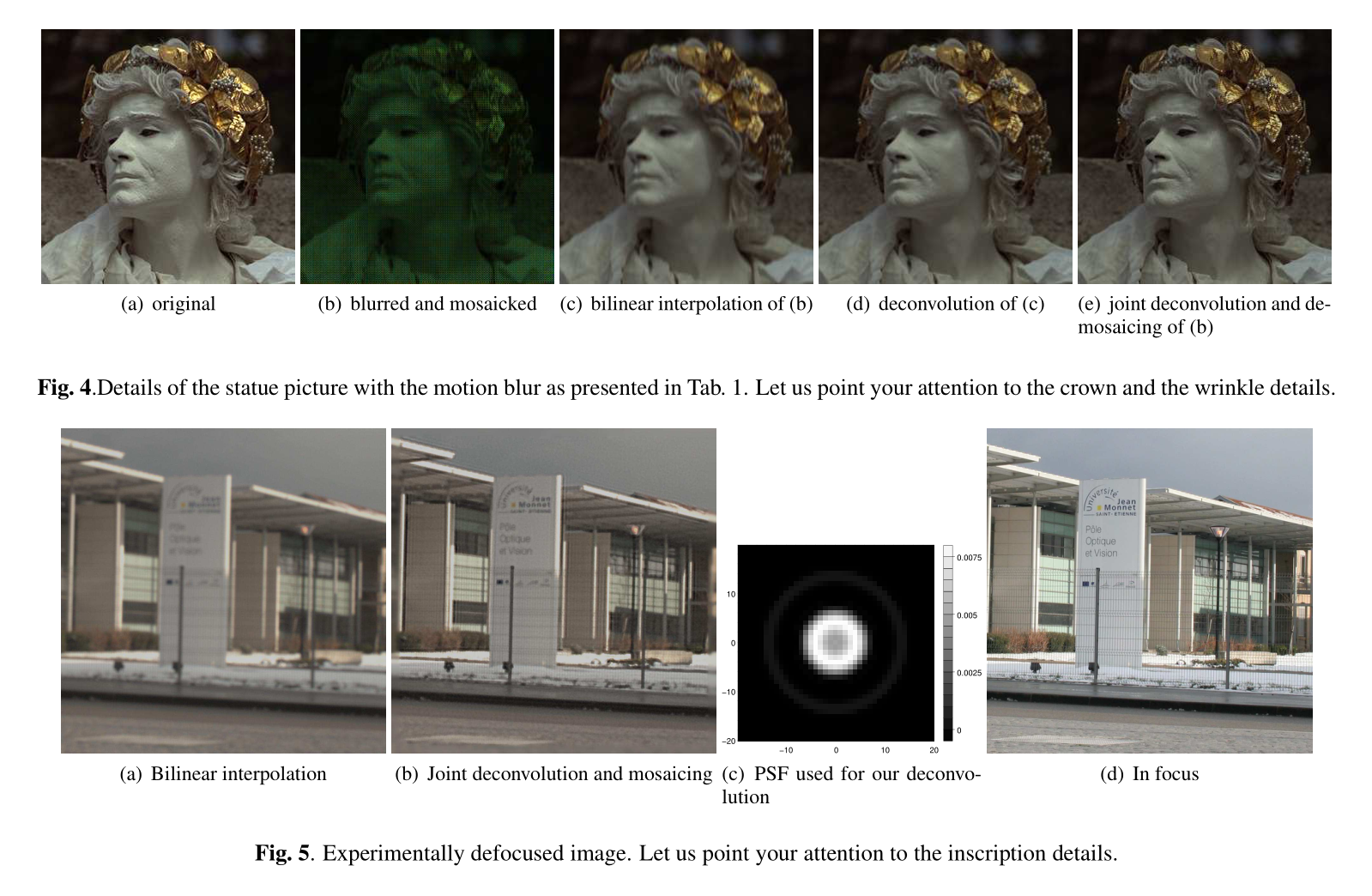Quote from: masc on July 18, 2018, 09:08:27 PM
Yes, totally right. A denoising algo would be best. I could test this algo in MLVApp, because it was easy to adapt to what we need:
http://www.ipol.im/pub/art/2011/bcm_nlm/
It works but it is soooo slow - OMG - some minutes per frame, and only on Win & Linux multithreaded to work correctly. So no real solution for us

I've found this implementation of BM3D that according to the author "can be used in real-time video denoising", using CUDA:
https://github.com/JeffOwOSun/gpu-bm3d
There's also this page linking to many denoise code and papers:
https://github.com/wenbihan/reproducible-image-denoising-state-of-the-art









